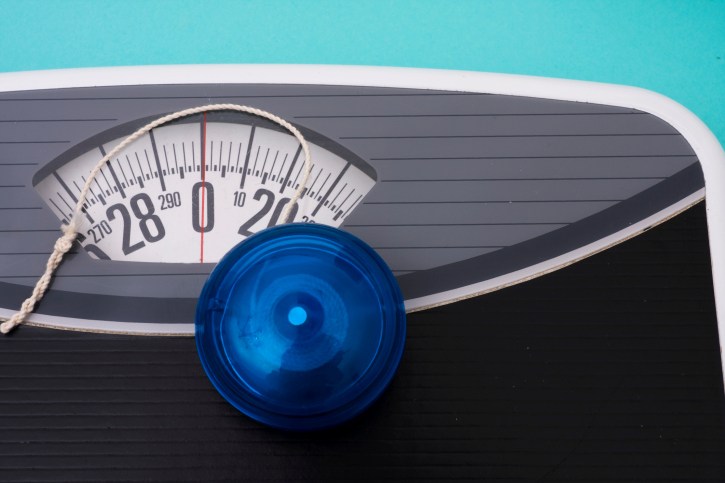The G I Diet And Benefits For Losing Weight
The glycemic index diet or G.I. diet is gaining a reputation as a healthy way to lose weight. Although more of a way of eating rather than a diet, more and more people following the G. I way achieve their weight loss goals. Many health experts agree that the Glycemic Index diet, if followed correctly, can be a great way to weight loss success, especially for those who struggle with conventional low calorie diets or dieters who have trouble controlling their appetite.
The G.I diet is similar to the low carb diet but it is not as strict and targets the types of carbs rather than the quantity of carbs for each meal. There is also a focus on the correct timing of the two basic types of meals ? a carb or protein meal. The science behind the timing and types of meal makes G.I dieting a potent way to help lose fat stores, safely and relatively quickly.
The G.I diet is all about Insulin and controlling blood sugar levels.
Insulin is a hormone that helps regulate our blood sugar; actually it lowers blood sugar levels by stimulating cells to absorb any excess sugar from the blood. The problem with Insulin is it also causes fat cells to take up excess fatty acids from the blood. Often we ingest a meal which includes both sugar and fats so if any meal includes foods which have a high Glycemic Index then the fat from that meal can be easily stored on the hips.
There is an established theory that if one can control insulin levels then one can control how much fat the body will store from each and EVERY meal. Fat can only be stored when Insulin is present, and Insulin is only released when blood sugar levels become elevated.
What raises blood sugar?
Carbohydrate in foods will raise blood sugar if it is absorbed too rapidly. The types of foods which cause rapid absorption of sugar are all those with a high G.I index rating.
The basics of the G.I index
The Glycemic Index ranks carbohydrate foods by assigning them a number ranging from 0 to 100. The number indicates the rate at which the food raises blood glucose levels during its absorption. The higher the value the quicker the sugar is absorbed.
A high Glycemic index food has a value of 70 and above. A G.I value of 56-69 is considered medium and any foods lower than 55 are considered a low Glycemic index food. Foods with a low G.I are best as they digest more naturally and help provide a steady supply of energy over the course of several hours, it also makes us feel fuller for longer.
Is the G.I Diet simple?
The diet sounds simple because foods are generally chosen from the low G.I food list, but it gets complicated when you create a meal made up of many different food items, each with a unique G.I value. The idea is to make sure most items which make up every meal have a low Glycemic index, thus the overall G.I of the meal stays within the low to medium range.
Gaining complete nutrition
There are some foods which have a high G.I rating but are considered a healthy nutritious food. In these cases healthy high G.I foods can be combined with low G.I foods to maintain low-medium G.I value, plus help create a complete nutritional intake. An example is baked potato (high G.I) topped with baked beans (low G.I). There are also low G.I foods which should be limited. Fresh meat and poultry contains no sugar so the G.I. will be very low, however, they do contain lots of fat and protein so the energy content will be high. Remember calories do still count!
One positive point about the G.I meal plan is it's possible for dieters to enjoy the odd 'treat? item once or twice each week, maybe an occasional dessert after a light dinner. As long as these ?bad? items are NOT eaten alone it should not ruin the diet plan.
Benefits of G.I. way of eating:
1. Enjoy tasty foods but limit storage of fat
2. Enjoy some favourite foods AND still lose fat
3. Increased energy level and wellbeing
4. Control of blood sugar
5. Less hunger feelings
6. Less craving for sugary foods
7. Less bloating feeling after meals
8. Ability to eat more food if desired
9. Less risk from diabetes and other diseases
10. No strict calorie reductions
- Prev:Weight Loss Hypnosis
- Next:Walking The Weight Off
-
The 1 Change That Could Break Through Your Fitness Plateau
Are you exercising but not losing weight or getting the
-
Meat-Eaters Beware – You’re Eating More Than Just Meat
For many people living in North America, meat is a staple of th
-
9 Things That Every Girl Who Has Gained Weight Can Relate To
Weight gain is all too c
-
How To Stop Worrying And Moving On?
We often worry about the things that we dont need to worry about. And
-
What Is This Thing Called Yoga ?
Yoga is a system of physical and mental
-
7 Ways To Stay Motivated With Your Fitness Program
Developing and staying motivated with your fitness program can be d
- DON'T MISS
- Lose Weight Fast Without the Typical Diet and Exercise
- Ugly Belly Fat - This Common But Amazing Spice Can Be Your New Secret Weapon To Get Rid of Belly Fat
- Lose Weight With Proper Health Building Strategies
- You Could Gain THIS Much Weight from Diet Soda Researchers Have Found
- Walking For Fitness and Weight Loss And Better Health
- Weight Loss Myth? You Must Eat before You Work Out in the Morning
- Change Your Life To Get Healthy And Feel Great
- Diabetic Nerve Pain and Treatment
- Healthy Tips for Diet and Weight Loss
- Beginners Guide To Weight Loss




